Technologies
Best Free VPNs 2022: Our Experts Show You How to Avoid Shady Services and Get Premium Protection
Care enough about your privacy to avoid the malware, ad tracking and slow connections that come with free VPN options.

A free and well-tested virtual private network for your computer and other devices is hard to find. Even the best free VPNs usually limit the amount of data you can use, and may not be as fast as premium services. But when you’re browsing on a budget and want to avoid shady free services that could be loaded with malware, there are a few solid VPN providers that stand up to our rigorous testing.
The idea of using a 100% free VPN might be tempting, especially if you’re on a tight budget and don’t want to cough up the cash for a monthly or yearly subscription fee. But as frequent security issues prove, using even the best free VPN comes with risks. That’s why it’s safer to make use of the free trials or introductory versions available from our list of trusted VPN providers.
Yes, you read that right: If you absolutely must use a free VPN service, your safest bet is to test-drive a free trial or take advantage of a money-back guarantee on a trusted paid VPN service. When choosing a VPN service, quality and your online safety should always come before cost. It’s not worth it to settle for an unsafe free VPN just to save a few bucks every month. With that in mind, all of our top recommended VPN services offer either a free version of the paid service or a 30-day assessment period. Here are the best contenders we’ve found:
- NordVPN offers a risk-free 30-day trial period. It’s one of the best free VPN services to use for 30 days.
- ExpressVPN is our current Editors’ Choice VPN. While it doesn’t have a standard trial period, it does offer a 30-day money-back guarantee. It also currently has an offer for three months free with a one-year plan, or 15 months for the price of 12. However, there’s an exception: If you sign up for ExpressVPN by downloading the app on an Android or iOS device, you’ll be offered a seven-day free trial. But this only works in certain countries, including the US.
- If ExpressVPN isn’t in your budget, check out Surfshark’s $2.30 a month offer on its two-year plan.
- ProtonVPN offers a limited free version of its service (one device only, limited download speeds) as a way of giving people a free test drive of the product. It’s the one narrow exception to the «avoid free VPNs» rule (see below).
Free VPN FAQs
5 reasons why you should never use a free VPN
1. Free VPNs simply aren’t as safe
Free VPNs can be very dangerous. Why? Because to maintain the hardware and expertise needed for large networks and secure users, VPN services have expensive bills to pay. As a VPN customer, you either pay for a premium VPN service with your dollars or you pay for free services with your data. If you aren’t ordering at the table, you’re on the menu.
Some 86% of free iOS and Android VPN apps — accounting for millions of installs — have unacceptable privacy policies, ranging from a simple lack of transparency to explicitly sharing user data with Chinese authorities, according to two independent 2018 investigations into free VPN apps from Top10VPN. Another 64% of free VPN app offerings had no web presence outside of their app store pages, and only 17% responded to customer support emails.
In June 2019, Apple reportedly brought the hammer down on apps that share user data with third parties. But 80% of the top 20 free VPN apps in Apple’s App Store appear to be breaking those rules, according to a June update on the Top10VPN investigation.
Also in June last year, 77% of apps were flagged as potentially unsafe in the Top10VPN VPN Ownership Investigation — and 90% of those flagged as potentially unsafe in the Free VPN Risk Index — still posed a risk.
«Google Play downloads of apps we flagged as potentially unsafe have soared to 214 million in total, rocketing by 85% in six months,» the report reads. «Monthly installs from the App Store held steady at around 3.8 million, which represents a relative increase as this total was generated by 20% fewer apps than at the start of the year as a number of apps are no longer available.»
On Android, 214 million downloads represent a lot of user login data, culled from unwitting volunteers. And what’s one of the most profitable things one can do with large swaths of user login data?
2. You can catch malware
Let’s get this out of the way right now: 38% of free Android VPNs contain malware — despite the security features on offer, a CSIRO study found. And yes, many of those free VPNs were highly rated apps with millions of downloads. If you’re a free user, your odds of catching a nasty bug are greater than 1 in 3.
So ask yourself which costs less: a secure VPN service for about $100 a year, or hiring an identity theft recovery firm after some chump steals your bank account login and Social Security number?
But it couldn’t happen to you, right? Wrong. Mobile ransomware attacks are skyrocketing. Symantec detected more than 18 million mobile malware instances in 2018 alone, constituting a 54% year-over-year increase in variants. And in 2019, Kaspersky noted a 60% spike in password-stealing Trojans.
But malware isn’t the only way to make money if you’re running a free VPN service. There’s an even easier way.
3. The ad-valanche
Aggressive advertising practices from a free plan can go beyond getting hit with a few annoying pop-ups and quickly veer into dangerous territory. Some VPNs sneak ad-serving trackers through the loopholes in your browser’s media-reading features, which then stay on your digital trail like a prison warden in a B-grade remake of Escape from Alcatraz.
HotSpot Shield VPN earned some painful notoriety for such allegations in 2017, when it was hit with a Federal Trade Commission complaint (PDF) for over-the-top privacy violations in serving ads. Carnegie Mellon University researchers found the company not only had a baked-in backdoor used to secretly sell data to third-party advertising networks, but it also employed five different tracking libraries and actually redirected user traffic to secret servers.
When the story broke, HotSpot parent company AnchorFree denied the researchers’ findings in an email to Ars Technica: «We never redirect our users’ traffic to any third-party resources instead of the websites they intended to visit. The free version of our Hotspot Shield solution openly and clearly states that it is funded by ads, however, we intercept no traffic with neither the free nor the premium version of our solutions.»
AnchorFree has since offered annual transparency reports, although their value is still up to the reader. More recently, however, HotSpot Shield was among just a handful of VPN apps found to respect users’ refusal to permit ad-tracking. In a November 2021 study from Top10VPN, just 15% of free VPN apps respected iOS users’ choices when they declined voluntary ad-tracking. The rest of the free VPN apps tested by Top10VPN simply ignored users’ Do Not Track requests.
Even if possible credit card fraud isn’t a concern, you don’t need pop-ups and ad-lag weighing you down when you’ve already got to deal with another major problem with free VPNs.
4. Buffering… buffering… buffering
One of the top reasons people get a VPN is to access their favorite subscription services or streaming site — Hulu, HBO, Netflix — when they travel to countries where those companies block access based on your location. But what’s the point in accessing the geo-blocked video content you’ve paid for if the free VPN service you’re using is so slow you can’t watch it, despite a good internet connection?
Some free VPNs have been known to sell your bandwidth, potentially putting you on the legal hook for whatever they do with it. The most famous case of this was Hola VPN, which was caught in 2015 quietly stealing users’ bandwidth and selling it, mercenary-style, to whatever group wanted to deploy the user base as a botnet.
Back then, Hola CEO Ofer Vilenski admitted they’d been had by a «spammer» but contended in a lengthy defense that this harvesting of bandwidth was typical for this type of technology.
«We assumed that by stating that Hola is a [peer-to-peer] network, it was clear that people were sharing their bandwidth with the community network in return for their free service,» he wrote.
If being pressed into service as part of a botnet isn’t enough to slow you down, free VPN services also usually pay for fewer VPN server options. That means your traffic is generally bouncing around longer between distant, overcrowded servers, or even waiting behind the traffic of paid users.
To top it off, subscription streaming sites are savvy to those who try to sneak into their video services for free. These services routinely block large numbers of IP addresses they’ve identified as belonging to turnstile-jumping freeloaders. Free VPNs can’t afford to invest in a long list of fresh IP addresses for users the way a paid VPN service can.
That means you may not even be able to log into a streaming service you’ve paid for if your free VPN is using a stale batch of IPs. Good luck getting HBO Max to load over that VPN connection.
5. Paid options get better all the time
The good news is that there are a lot of solid VPNs on the market that offer a range of features, depending on your needs and budget. You can browse our ratings and reviews to find the right VPN software for you. If you’re looking for something mobile-specific, we’ve rounded up our favorite mobile VPNs for 2022.
If you’d like a primer before deciding which service to drop the cash on, we have a VPN buyer’s guide to help you get a handle on the basics of VPNs and what to look for when choosing a VPN service.
More VPN advice
Technologies
Today’s NYT Connections: Sports Edition Hints and Answers for Nov. 24, #427
Here are hints and the answers for the NYT Connections: Sports Edition puzzle for Nov. 24, No. 427.
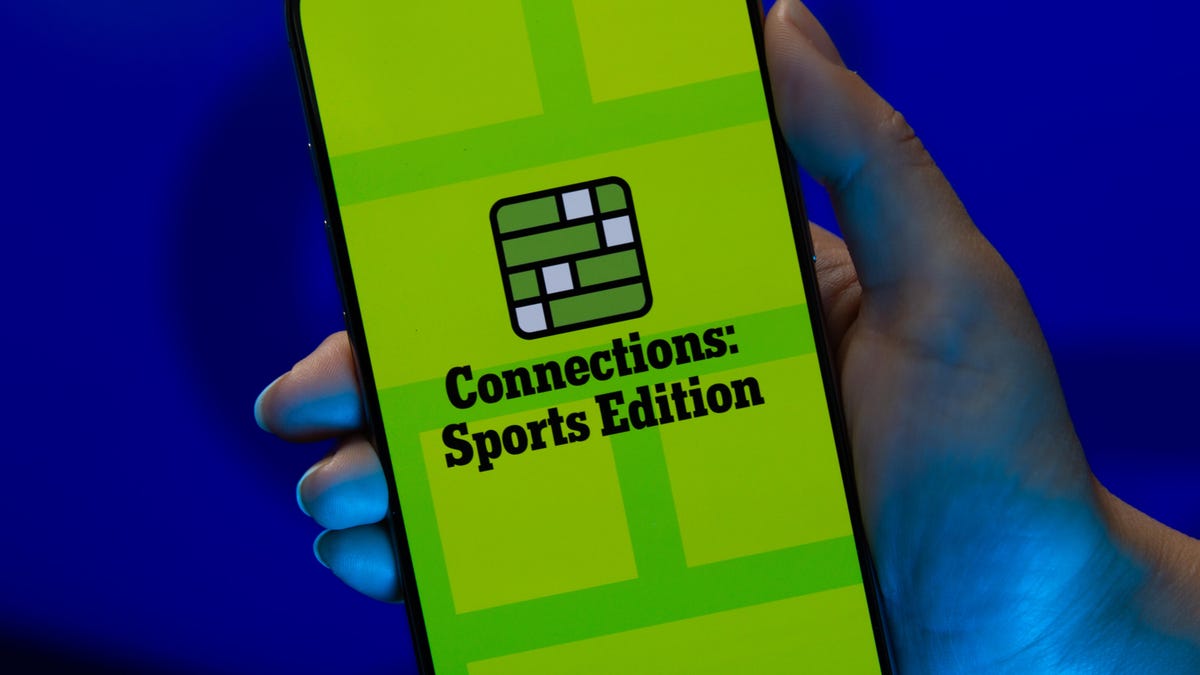
Looking for the most recent regular Connections answers? Click here for today’s Connections hints, as well as our daily answers and hints for The New York Times Mini Crossword, Wordle and Strands puzzles.
Music lovers, today’s Connections: Sports Edition has a fun green category for you. You’ll recognize some familiar phrases in the grid, I think. If you’re struggling with today’s puzzle but still want to solve it, read on for hints and the answers.
Connections: Sports Edition is published by The Athletic, the subscription-based sports journalism site owned by The Times. It doesn’t appear in the NYT Games app, but it does in The Athletic’s own app. Or you can play it for free online.
Read more: NYT Connections: Sports Edition Puzzle Comes Out of Beta
Hints for today’s Connections: Sports Edition groups
Here are four hints for the groupings in today’s Connections: Sports Edition puzzle, ranked from the easiest yellow group to the tough (and sometimes bizarre) purple group.
Yellow group hint: Not long pants.
Green group hint: Sing out.
Blue group hint: Gridiron guys who share a name.
Purple group hint: Like a law.
Answers for today’s Connections: Sports Edition groups
Yellow group: Types of shorts.
Green group: Popular arena/stadium songs.
Blue group: Football Drews.
Purple group: ____ rule.
Read more: Wordle Cheat Sheet: Here Are the Most Popular Letters Used in English Words
What are today’s Connections: Sports Edition answers?
The yellow words in today’s Connections
The theme is types of shorts. The four answers are basketball, bike, compression and gym.
The green words in today’s Connections
The theme is popular arena/stadium songs. The four answers are Eye of the Tiger, Jump Around, Sandstorm and Thunderstruck.
The blue words in today’s Connections
The theme is football Drews. The four answers are Bledsoe, Brees, Lock and Pearson.
The purple words in today’s Connections
The theme is ____ rule. The four answers are infield fly, mercy, tuck and unwritten.
Don’t miss any of our unbiased tech content and lab-based reviews. Add CNET as a preferred Google source.
Technologies
Today’s NYT Mini Crossword Answers for Monday, Nov. 24
Here are the answers for The New York Times Mini Crossword for Nov. 24.

Looking for the most recent Mini Crossword answer? Click here for today’s Mini Crossword hints, as well as our daily answers and hints for The New York Times Wordle, Strands, Connections and Connections: Sports Edition puzzles.
Need some help with today’s Mini Crossword? Two down might be my favorite clue, and answer, this puzzle has ever offered. Read on for all of the answers. And if you could use some hints and guidance for daily solving, check out our Mini Crossword tips.
If you’re looking for today’s Wordle, Connections, Connections: Sports Edition and Strands answers, you can visit CNET’s NYT puzzle hints page.
Read more: Tips and Tricks for Solving The New York Times Mini Crossword
Let’s get to those Mini Crossword clues and answers.
Mini across clues and answers
1A clue: Prefix for some music genres
Answer: ALT
4A clue: Fab ___ (nickname for the Beatles)
Answer: FOUR
6A clue: Eagle’s claw
Answer: TALON
8A clue: Fab ___ (nickname for a noted University of Michigan basketball team)
Answer: FIVE
9A clue: Congregant’s seat
Answer: PEW
Mini down clues and answers
1D clue: Boat’s rear
Answer: AFT
2D clue: Shape of a cat with its legs tucked under itself
Answer: LOAF
3D clue: Flower that’s the subject of Dutch festivals
Answer: TULIP
5D clue: Wander aimlessly
Answer: ROVE
7D clue: Like many shows at the top of the Netflix queue
Answer: NEW
Don’t miss any of our unbiased tech content and lab-based reviews. Add CNET as a preferred Google source.
Technologies
Today’s Wordle Hints, Answer and Help for Nov. 24, #1619
Today’s Wordle is tricky. Here are hints, answers and help for Nov. 24, #1619.
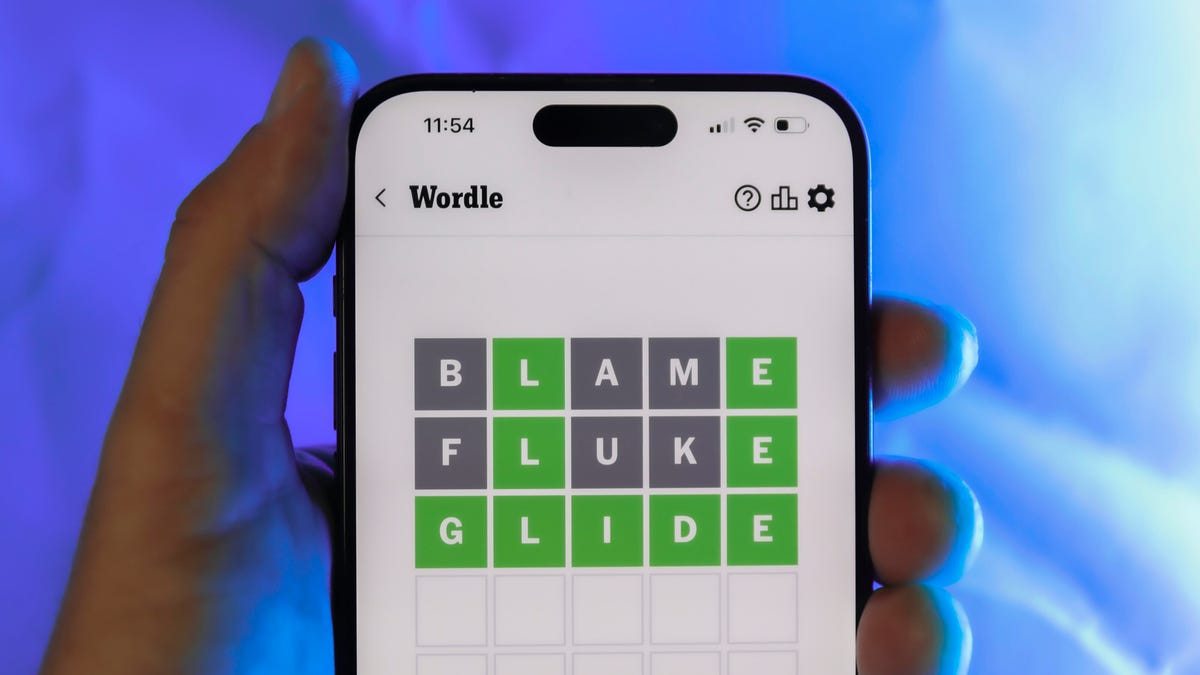
Looking for the most recent Wordle answer? Click here for today’s Wordle hints, as well as our daily answers and hints for The New York Times Mini Crossword, Connections, Connections: Sports Edition and Strands puzzles.
Today’s Wordle puzzle is a little tricky. If you need a new starter word, check out our list of which letters show up the most in English words. If you need hints and the answer, read on.
Today’s Wordle hints
Before we show you today’s Wordle answer, we’ll give you some hints. If you don’t want a spoiler, look away now.
Wordle hint No. 1: Repeats
Today’s Wordle answer has no repeated letters.
Wordle hint No. 2: Vowels
Today’s Wordle answer has two vowels.
Wordle hint No. 3: First letter
Today’s Wordle answer begins with D.
Wordle hint No. 4: Last letter
Today’s Wordle answer ends with H.
Wordle hint No. 5: Meaning
Today’s Wordle answer is a flour-based mixture used to bake bread.
TODAY’S WORDLE ANSWER
Today’s Wordle answer is DOUGH.
Yesterday’s Wordle answer
Yesterday’s Wordle answer, Nov. 23, No. 1618 was BUNNY.
Recent Wordle answers
Nov. 19, No. 1614: MAKER
Nov. 20, No. 1615: GRAVE
Nov. 21, No. 1616: VOWEL
Nov. 22, No. 1617: THICK
-

 Technologies3 года ago
Technologies3 года agoTech Companies Need to Be Held Accountable for Security, Experts Say
-

 Technologies3 года ago
Technologies3 года agoBest Handheld Game Console in 2023
-

 Technologies3 года ago
Technologies3 года agoTighten Up Your VR Game With the Best Head Straps for Quest 2
-
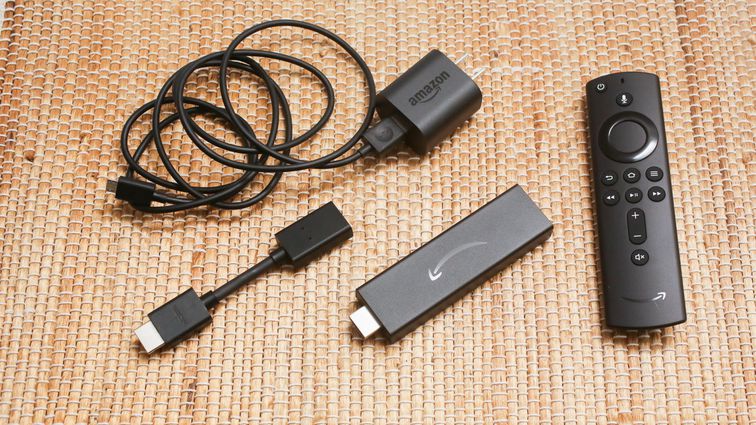
 Technologies4 года ago
Technologies4 года agoBlack Friday 2021: The best deals on TVs, headphones, kitchenware, and more
-
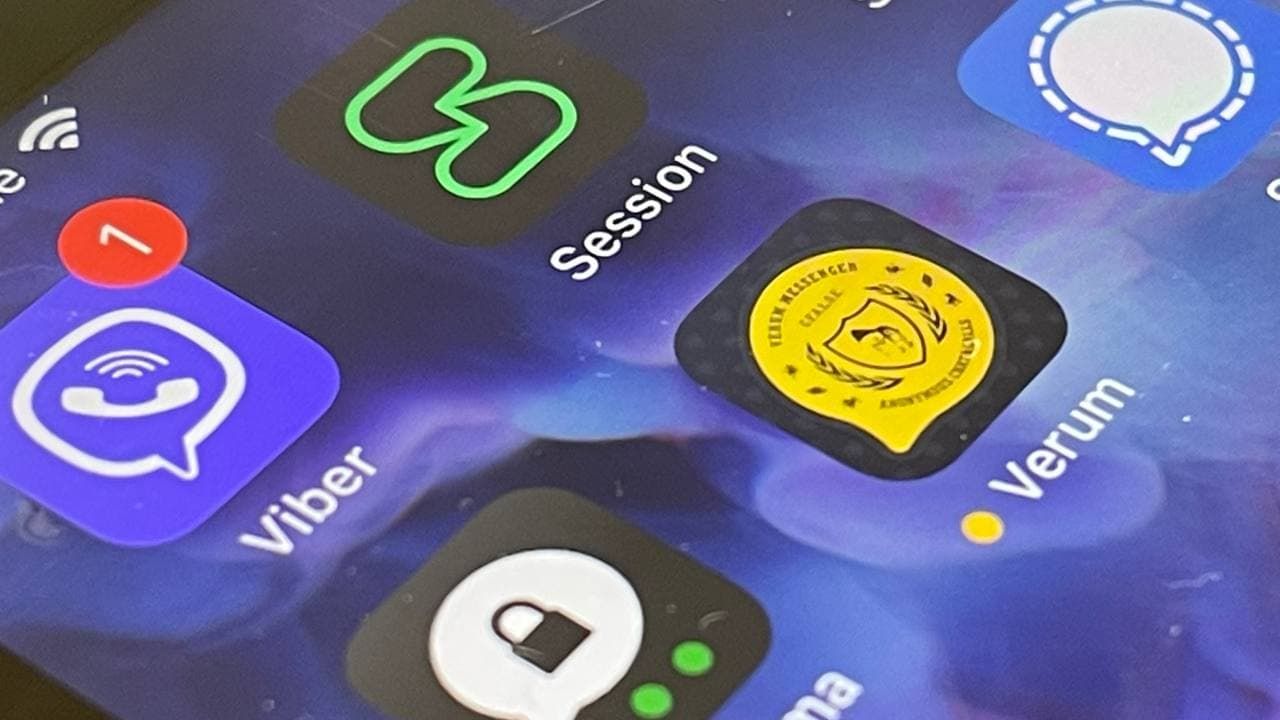
 Technologies4 года ago
Technologies4 года agoVerum, Wickr and Threema: next generation secured messengers
-

 Technologies4 года ago
Technologies4 года agoGoogle to require vaccinations as Silicon Valley rethinks return-to-office policies
-

 Technologies4 года ago
Technologies4 года agoOlivia Harlan Dekker for Verum Messenger
-
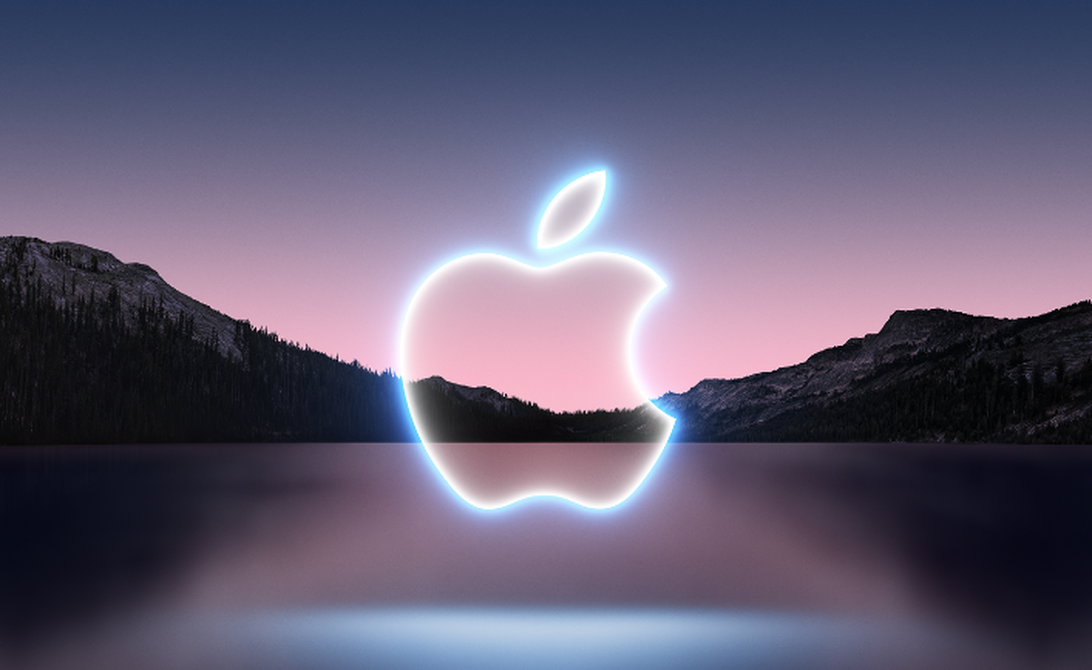
 Technologies4 года ago
Technologies4 года agoiPhone 13 event: How to watch Apple’s big announcement tomorrow
